Latest Posts
This is a purchase guide for mid-to-high-end SD memory card
High speed and high cost performance? Give the camera a suitable memory card will help you save money and worry less — This is a purchase guide for mid-to-high-end SD memory card.
This is an article summarized through actual experience. I will share which cards should be avoid, and which cards are the goods ones worth pay attention to. Choose the appropriate bulk SD card according to your camera performance, but if you are rich, just look directly at the bottom of the article.
First of all, I am a visual designer. The cameras around me are mainly Sony A7R3/R4, Fuji X-S10, X-T4, GFX50R, Panasonic S5, Nikon Z5, Z7.
These cameras has basically covered middle to the higher end cmeras, and they have one thing in common: their storage mediums are all SD cards.
For all my storage cards purchased for photo shooting and video recording, I compiled a list of cards, some of them are bad ones that need to be avoid and some are good ones that I recommend, here is the list:
1. First is the brand that we should avoid:
Lexar. It does not mean that this brand is useless. The brand used to have good reputation. Especially in the era when digital SLRs are commonly used, Lexar has always been a “recommended compatible object” written in the user manual of many brands. But after it was acquired by one of our domestic flash memory companies two years ago, the quality of the chips was not as good as it was before. Some cards can not be recognized, and some may suffer from data is loss. In the after-sales review area, many people complain about its quality. I once wanted to buy this brand’s card, but my fans stopped me and told me their sad history about what they have been through, and that stopped my mind.
Now, Lexar relies on its high cost effectiveness to attract customers and has upgraded its craftsmanship. However, since the brand had to too much negative news before, its reputation did not improve, and most of its business rely on its dealers to promote it to entry level users who do not know about the brand’s history.
2. Safety brands in the first echelon:
Toshiba, Sandisk, Sony, Kingston
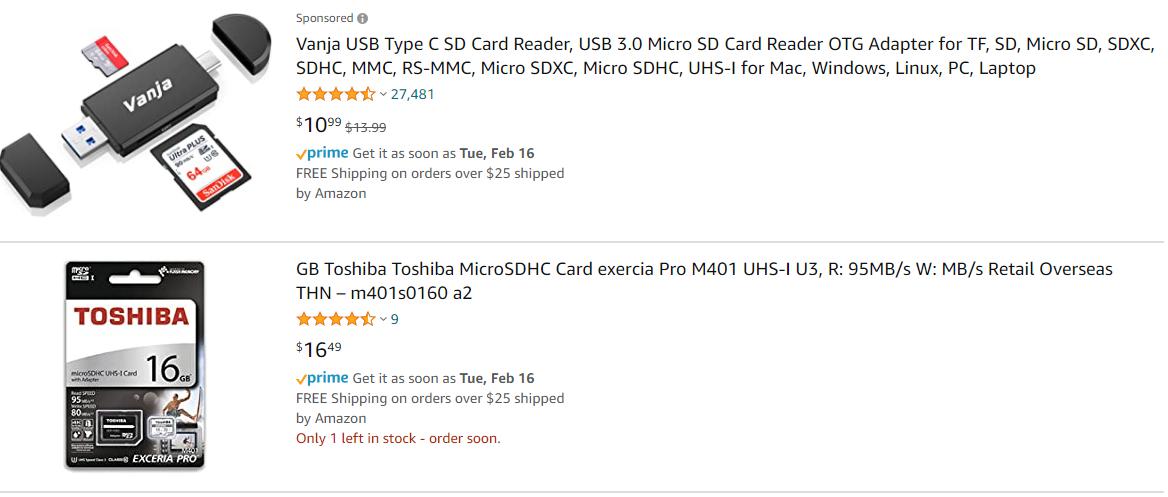
It does not mean that those brands would never be wrong. Just that the probability is too small and the after-sales are OK. They are the top enterprises that research deeply in the technical level of NAND, and naturally have control over quality and design at the verist beginning. This is also the reason why many bosses still recommend SanDisk SD memory cards after years of usage experience. Sandisk indeed did a great job in its compatible, performance and after-sales balance.
Toshiba started its business in our country a little later, so its reputation foundation is not as solid as SanDisk, but those who really know this brand knew that its NAND technology is at a first-class level, its SD card performance is also very good.
Needless to talk about SONY. Although everyone knows that it is an OEM product, its quality control is really strict, plus the belief bonus, it still sale well even though it is much more expensive than the same specification SD from the upstream factory.
Kingston memory stick is very famous, and its SD card came into my sight, because it takes stability, quality and cost effectiveness into account.
Let me tell you how important reading and writing speed of high-speed SD memory card is for shooting:
When it met the upper limit supported by the machine, the faster the writing speed, the smoother the high-speed continuous shooting experience is, and the chance of jamming is less likely to occur. After jamming occurs, the ”cooling time” that the internal cache need to clear itself and restore back is less.
The faster the writing speed, the smoother photo playback switching and zooming observation is, and the shorter the loading time of high-resolution photos. You can select photos and zoom in to view the focus sharpness at once, and continuously switch photos to zoom in and view without jamming.
Next, I will make a list of recommended purchases, based on my own experience and use the logic of camera level classification, with prices ranging from “cheap” to “luxury”:
1. Low-end / mid-end Sony micro-single / mirrorless users
Most of the machine is from A6000 series (A6000 / 6100/6300/6400/6500 / 6600)
The data writing speed of the machine (writing card end) does not exceed 50MB/s, most of which are 40MB/s or less, so mainstream speed SD memory cards (the peak writing speed is 40MB/s) will be enough. A relatively expensive SD card is not cost-effective. A high-speed or even ultra-high-speed SD card will not bring a significant increase in the writing speed of the camera (such as smoother continuous shooting, etc.), which is basically a waste of investment.
The recommended SD memory card is: Kingston CANVAS Select Plus
This type of SD card can be used will (the peak writing speed can reach 45MB/s, which just meets the data throughput of the corresponding grade machine), the price is low, and the threshold is low as well, You just need to avoid bad brand when make purchase.
2. Low-end / mid-end Fuji APSC cropping mirrorless / non-mirror users, the mainstream camera is Fuji XT20 / XT30 / XS10, Fuji’s data writing speed is much more radical than Sony’s machines of the same grade, even in the mid-range, the writing speed of the machine can also be maintained at 70MB/s or even higher. For some machines (such as the XT30 of the fourth generation processing system), the peak writing speed can even reach about 90MB/s, which is basically the basically upper limit of the speed of its own card slot (UHS-I card slot). Therefore, you need to buy a high-performance UHS-I SD memory card to fully release the camera’s data throughput performance and enhance your shooting experience.
The recommended SD memory card are SanDisk Extreme PRO, with reading and writing speed of 170 / 90MB/s
And Kingston CANVAS GO! Plus, with reading and writing speed of 170 / 80MB /s
This kind of SD card is the big brother of UHS-I specification memory card. Its performance is outstanding, no matter whether it is its reading or writing speed, their peak can all reach 90MB/s level. As long as it is supported by the machine’s data throughput, you can clearly feel the completely different smoothness when making continuous shooting and playing back photos, compared to the previous recommended cards.
3. High-end / flagship APSC cropping camera, mainstream full-frame camera (it began to support UHS-II specification SD memory card from this specification)
Fuji XT2, XT3, XH1, XT4, XPro3 and above, Panasonic S5 and above, and Sony A7R3/A7M3 and above all require higher-level UHS-II SD memory card to support its own speed due to their strong data throughput requirements (high-speed continuous shooting, high pixel count, high bit rate Video). This type of card has one more row of contacts (gold fingers) than UHS-I SD cards. It is for high-bandwidth transmission services, and the price is also several times more expensive (after all, it is not the mainstream of the market).
But I still selected some cost effective products for you. For users who have strong need (high bitrate video, ultra-high pixels to enable high-speed continuous shooting), it is also a good thing that you can save a few hundred yuan to buy filters.
I mainly recommend Kingston, the reason is also very simple. For the same speed specifications, its price is much cheaper, and it also comes with an ultra-high-speed card reader (a UHS-II card reader is sold for more than 200 yuan itself), the cost performance is simply overwhelming, and the brand is also famous enough, and there are still rare examples of scandals.
Tips: The V30, V60, and V90 logos on the SD card represent the minimum stable speed of continuous writing. The bottom line is 30MB/s, 60MB/s, and 90MB/s.
Cards with the V30 logo are generally UHS-I and early UHS-II cards, which can guarantee the continuous recording of 4K video at a medium bit rate.
The SD cards with V60 and V90 logos are all UHS-II standard SD cards, which are capable for the continuous recording of 4K or even 8K video with high bit rate.
In the end, I wish you all have faster shooting experience, and remember that you can only ensure productivity (not to lose money) when you ensure storage safety, and then you can ensure a pleasure shooting experience.
And in the last part, I recommend the SONY TOUGH series UHS-II memory cards without a second thought for those who don’t care about money. It has absolute speed and absolute quality.







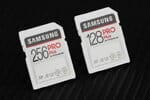
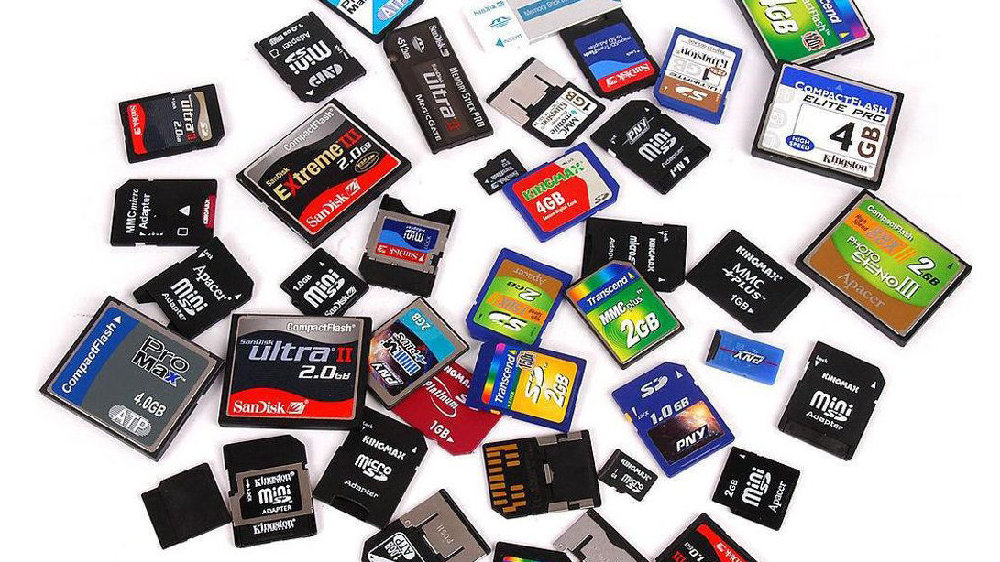


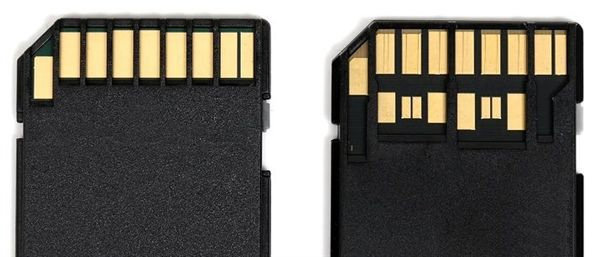
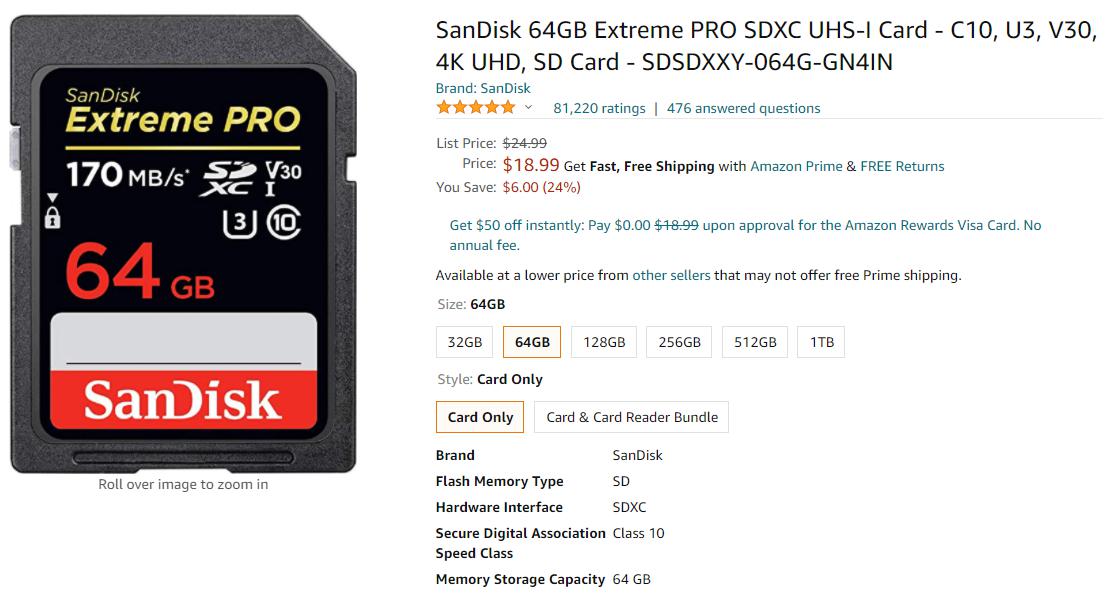
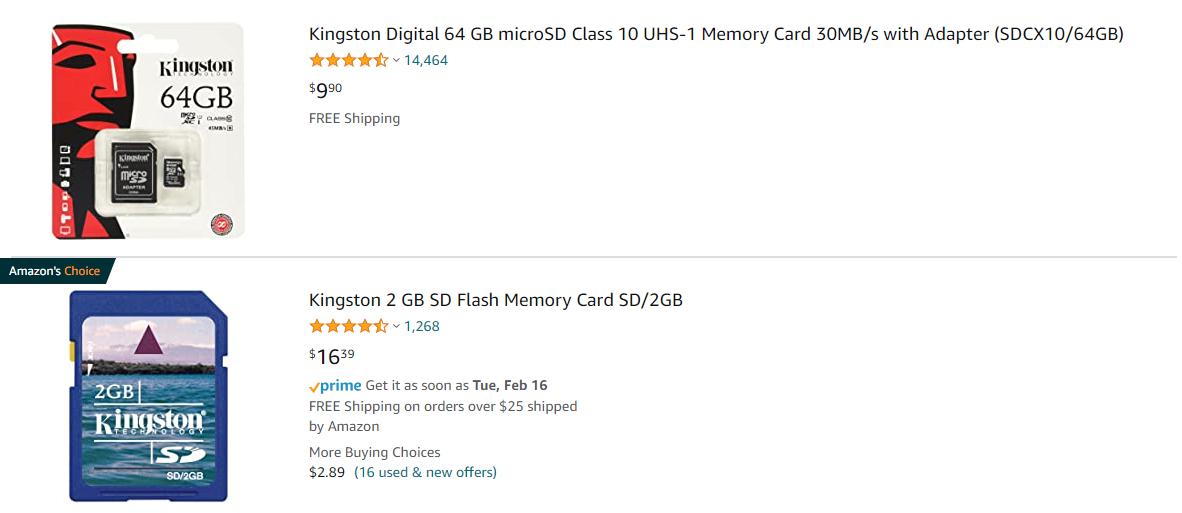
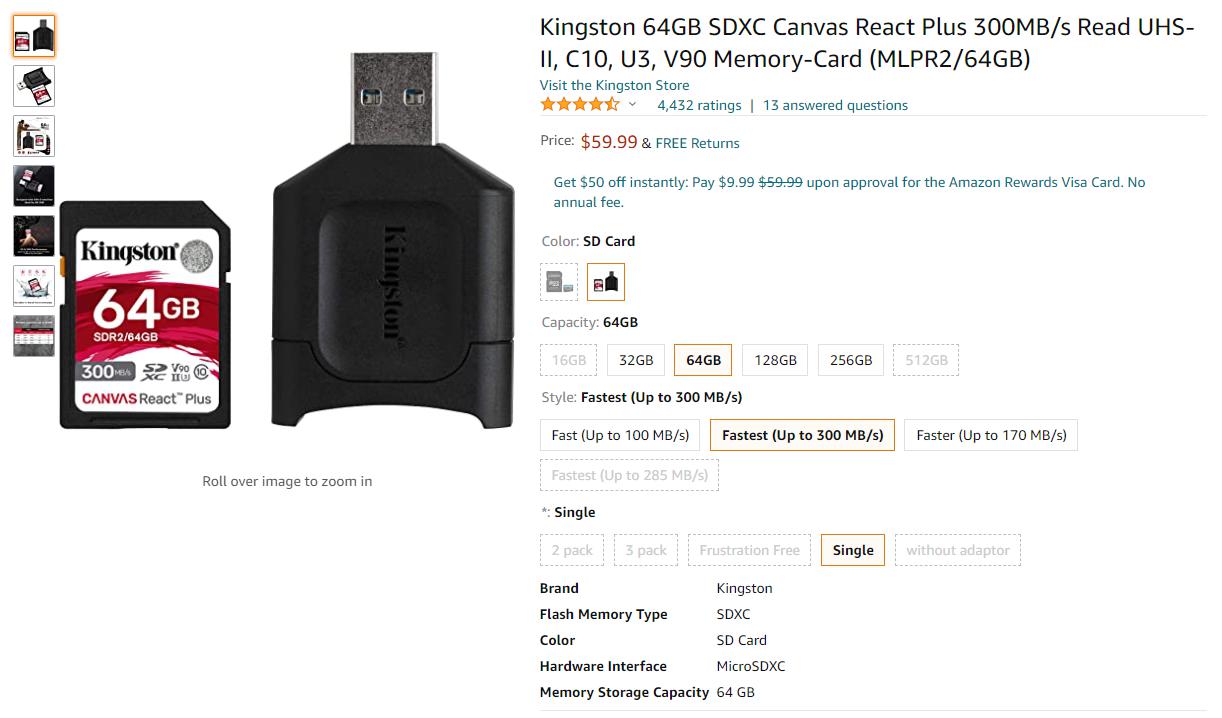
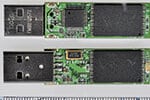
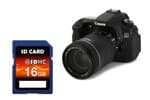
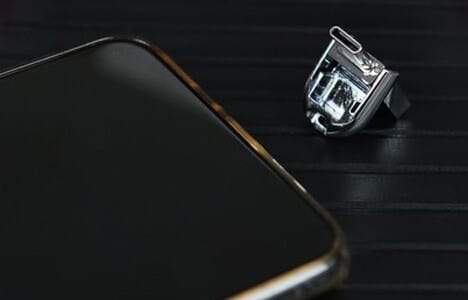
Leave a comment